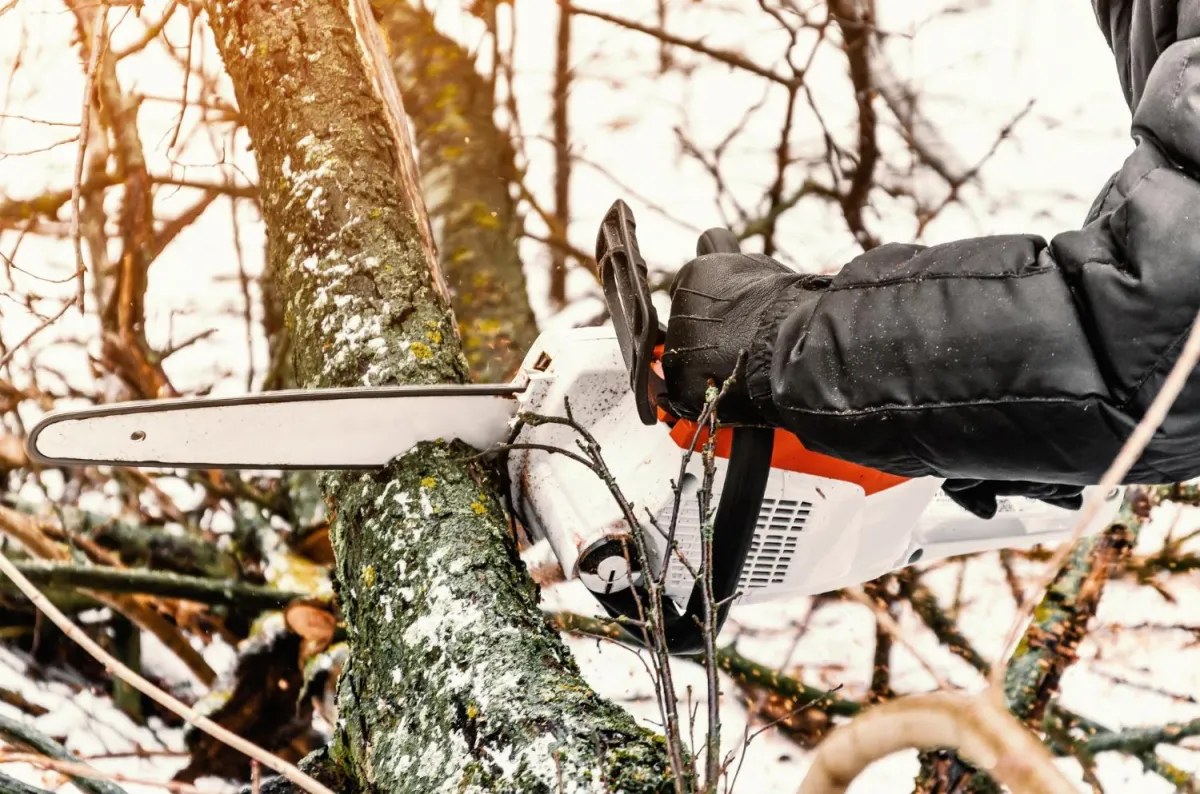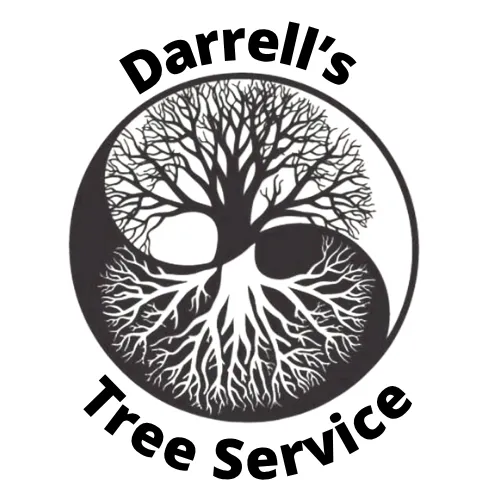BLOG

Winter Tree Removal in Northern Utah: Why Cold Weather is the Perfect Time for Tree Care
Winter might not be the first season you think of when it comes to yardwork, but it can actually be a smart time to tackle tree problems. Once the cold weather hits and the ground freezes, removing trees becomes less disruptive and often more efficient. Snow-covered yards and dormant trees bring advantages many homeowners and property managers overlook.
Across cities like Logan, Ogden, Layton, and Salt Lake City, winter conditions set the stage for large-scale or high-risk tree projects. Frozen ground acts as a natural buffer, protecting lawns and hard surfaces. With leaves gone, it's easier to spot the true condition of your trees and make decisions. If you have been thinking about winter tree removal but doubted the timing, you might be surprised at just how helpful it is during the cold months.
Why Frozen Ground Makes a Difference
A frozen yard can really work in your favor when it comes to removing trees. The equipment used for winter tree removal is heavy and during the warmer parts of the year, this gear can leave deep ruts or damage to lawns, flowerbeds, and sprinkler systems. Hard, frozen soil helps heavy equipment move smoothly and keeps the turf safe.
Snow and ice add another layer of protection. Branches and trunks that come down during removal land on snow, which helps soften the impact and keeps walkways, fences, and nearby plants safe. Cleanup is much simpler without mud underfoot. Crews can gather up branches and load debris faster. It often means you start spring with a clean slate instead of a yard full of ruts and leftover mess.
If you live in Northern Utah, you know that the ground can stay frozen for weeks at a time. Companies like Darrell’s Tree Service are able to bring in specialized tools suited for these conditions, which helps reduce disruption even further.
Dormant Trees Are Easier to Handle
Winter is when most trees go dormant. This pause in growth makes tree care easier. Branches are bare, so you can see the tree’s structure and spot any weak spots or signs of disease. Removing limbs and trunks is faster when there's no foliage in the way or extra weight weighing things down.
Working with dormant wood means there’s less stress on the tree for any partial removals and trimming. You won’t cause the tree to send out new growth too early, which can help it stay healthy when spring arrives. For full removal, dormant trees are lighter and more predictable to handle, making jobs quicker and safer.
With fewer active cycles, the risk of spreading disease from cuts is also lower during winter. Professional companies offering winter tree removal can reduce the chance of tree stresses or infections, protecting nearby healthy trees.
Spotting Hidden Dangers Before Spring
Once the leaves are gone, the hidden structure of your trees is much easier to examine. It’s common to spot dead limbs, cracked trunks, or branches damaged by storms. You might see splits in bark or hollow trunks that weren’t visible in summer. These signs could mean trouble when spring storms hit.
Tree limbs weakened by ice or past wind events may fall suddenly once the snow melts or winds pick up. Getting these hazards removed in winter helps prevent property damage and injuries. A tree leaning toward your home or hanging over a power line is a risk you don’t want to take into the next season.
Winter tree removal lets you deal with problems long before they have a chance to get worse. Inspection and diagnosis services can find issues early, so decisions about removal or trimming aren’t left until bad weather arrives.
How Winter Tree Removal Prepares You for Warmer Months
Handling your trees in winter sets up your landscape for an easy spring. When you take out a dead or damaged tree in January or February, you’re ready to plant or add new features once the weather warms up. You skip the usual wait for crews who get busy starting in April.
Stump removal or grinding in the cold months clears space before the ground thaws, giving you a head start for re-seeding or putting in new landscaping. Services like this keep your lawn looking its best and help everything bounce back stronger. Even trimming shrubs and smaller trees in winter helps promote healthy new growth, since plants are less likely to be stressed.
Companies in Northern Utah usually offer stump grinding as part of their services, using equipment that is designed for frozen soil, so nothing gets left messy for spring.
Local Considerations Across Northern Utah
Every place in Northern Utah experiences winter in its own way. Logan and Brigham City often see snow pile up early and stick around. This longer freeze gives more chances for safe tree work, since the ground stays protected from machinery longer.
Mountain and rural areas near Morgan or Tremonton may have old trees leaning near power lines or homes after snow or wind. Rural properties might also need emergency work if storms hit suddenly. Planning ahead for tree care in these regions means watching the weather and acting when the freeze is steady.
In areas like Salt Lake City and Layton, scheduling is important, since overhanging trees near busy sidewalks or streets can quickly become safety issues when ice loads down weak limbs. Winter tree removal in these places helps prevent injuries and property damage before the spring rush.
Ogden and Clinton neighborhoods with older trees should pay close attention in winter. Storm damage can show up suddenly on trees missed during summer walk-throughs. For spots like Syracuse, Kaysville, Roy, and surrounding communities, planning for how weather affects access to your property can make tree work easier and safer.
Winter Work, Year-Round Benefits
Taking care of trees while your yard is quiet helps you breeze into spring with less work. You dodge the muddy mess that can linger after removal in wet or thawing months. Winter cleanups are usually less stressful for other plants and structures, and the whole job goes more smoothly without the buzzing pests or long wait times that happen in peak season.
Winter tree removal means you get a clean start. Whether you’re opening a space for a garden bed, setting up for new sod, or just wanting your yard to look better, winter is the perfect low-pressure time to get it done.
Using the natural pause of winter helps you see what your property really needs and clear away damage before it becomes a hazard. Frozen ground, bare branches, and crisp air offer the best setting for dealing with old or damaged trees and prepping your landscape for the year ahead. It’s an approach that makes the most of every season and helps your yard look great longer.
Getting your yard in shape before spring is a lot easier when tree work happens during colder months. Frozen ground, bare branches, and slower schedules help us remove damaged or unwanted trees with less mess and stress.
At Darrell’s Tree Service, we understand how quickly things shift across Northern Utah, especially in places like Salt Lake, Ogden, and Layton. If you’re ready to move forward, our winter tree removal service is made for your local conditions. Let’s talk about what your property needs and get a plan in place.
